Learning how to curve bowling ball effectively can transform your game from average to exceptional. Many casual bowlers roll the ball straight down the lane, but mastering the curve—or hook—adds precision, power, and consistency. When executed correctly, a curved shot increases your chances of striking by hitting the pocket at an optimal angle. However, achieving this skill requires more than just throwing the ball with force. It demands proper grip, stance, release technique, and consistent practice. Whether you’re a beginner looking to improve or an intermediate player refining your form, understanding how to curve bowling ball is essential.
In this guide, we’ll break down every step, from choosing the right equipment to perfecting your follow-through. Along the way, you’ll discover common mistakes, training drills, and expert tips that will help you gain control over your ball’s path. Furthermore, we’ll address frequently asked questions to clear up any confusion. By the end, you’ll have a complete roadmap to confidently curve your bowling ball and dominate the lanes.
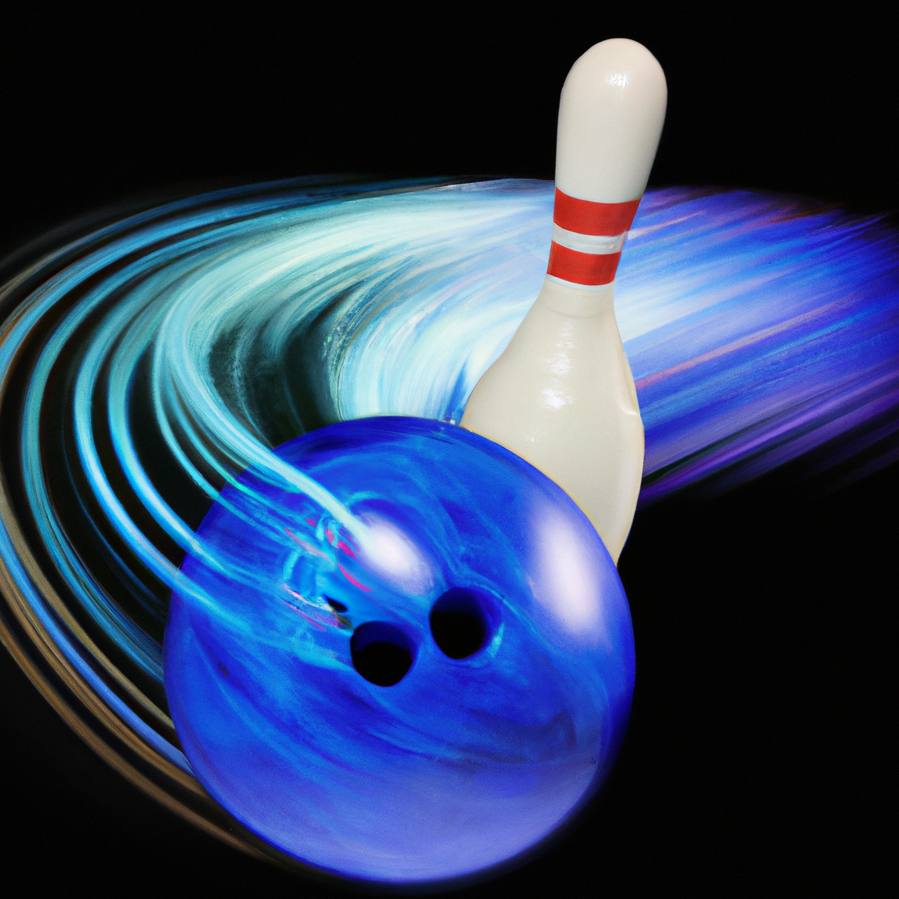 Understanding the Physics Behind Curving a Bowling Ball
Understanding the Physics Behind Curving a Bowling Ball
To truly grasp how to curve bowling ball, it helps to understand the basic physics involved. First, friction between the ball and the lane plays a major role. As the ball travels forward, oil on the lane reduces friction in the front part, allowing the ball to skid. Then, in the drier back end, increased friction causes the ball to hook. Therefore, controlling when and where this transition happens is key. Second, axis rotation and tilt influence the direction and sharpness of the curve. A higher axis rotation creates a stronger hook, while lower tilt produces a smoother arc. Consequently, adjusting your hand position affects these variables.
Moreover, ball speed and rev rate determine how early or late the hook occurs. Faster balls tend to hook later, whereas slower ones hook sooner. As a result, finding the right balance between speed and spin is crucial. Finally, the core design and coverstock material of the ball also impact its motion. For example, reactive resin balls hook more aggressively than plastic ones. Hence, selecting the appropriate ball for your style enhances your ability to curve bowling ball effectively. Ultimately, combining knowledge of physics with practical technique gives you greater control over your shots.
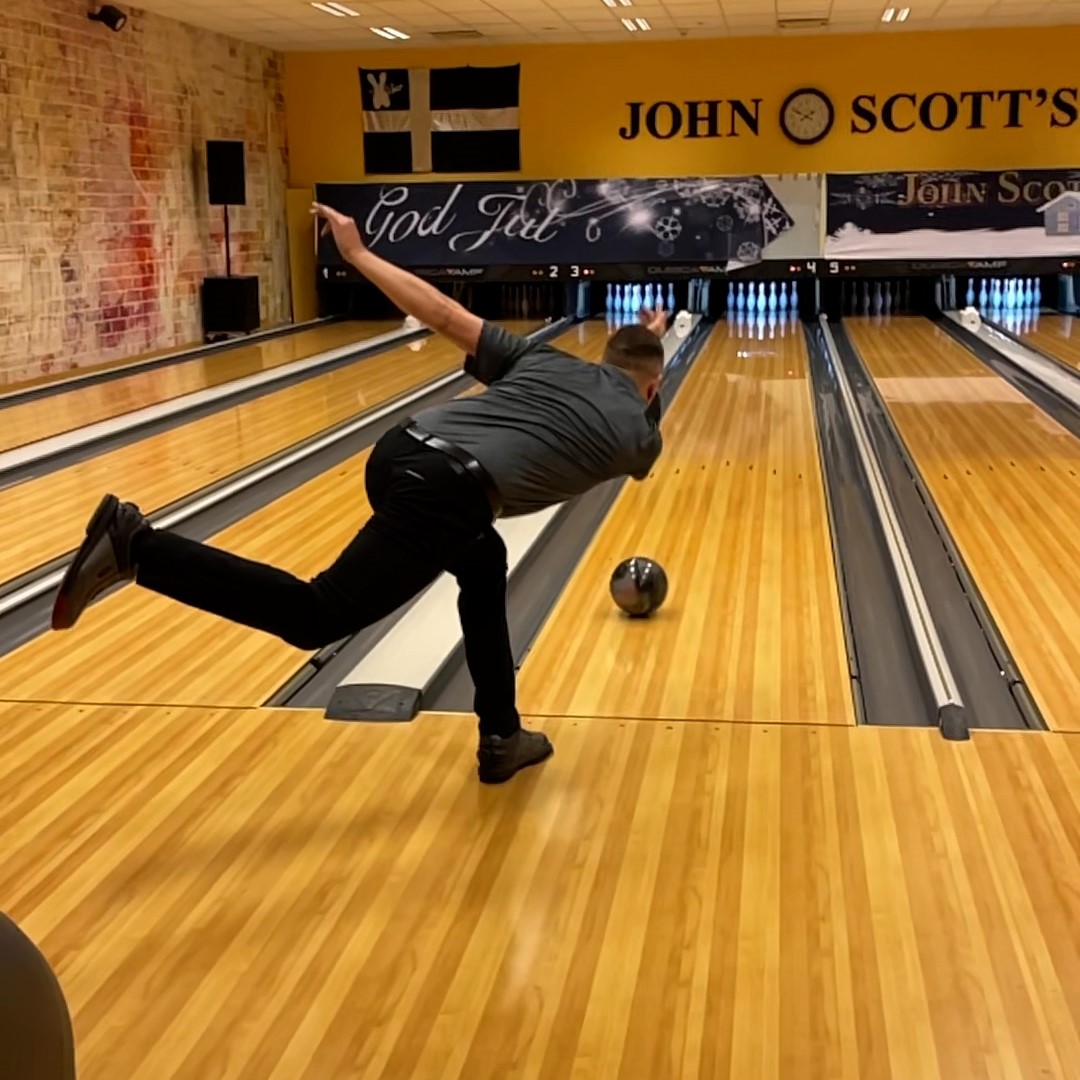 Choosing the Right Bowling Ball for Maximum Curve
Choosing the Right Bowling Ball for Maximum Curve
Selecting the correct bowling ball significantly impacts your ability to curve bowling ball successfully. First, consider the ball’s coverstock. Reactive resin coverstocks generate more friction on the lane, making them ideal for creating strong hooks. On the other hand, plastic or polyester balls are better suited for straight shots and spare shooting. Therefore, if curving is your goal, go for a reactive or particle-enhanced ball. Next, examine the ball’s core design. Symmetrical cores provide a smooth, predictable hook, which benefits beginners. Asymmetric cores, however, offer sharper backend reactions, giving advanced players more angular movement. Thus, match the core type to your skill level. Additionally, pay attention to the ball’s RG (radius of gyration) and differential values. Lower RG balls start hooking earlier, while higher differential balls create more track flare and stronger backend motion.
Accordingly, choose specifications that align with your desired hook pattern. Also, ensure the ball fits your hand properly. Fitted fingers allow better control during release, which directly affects your spin. Most importantly, consult a pro shop operator to drill the ball according to your grip and style. Otherwise, even the best ball won’t perform well. In short, the right equipment sets the foundation for mastering how to curve bowling ball.
Proper Grip and Hand Position for Effective Curve
Achieving a consistent curve begins with the correct grip and hand placement. First, insert your fingers into the ball up to the second knuckle. The thumb should slide in smoothly without resistance. This standard fingertip grip allows more lift and rotation upon release. In contrast, a conventional grip limits finger action and reduces hook potential. Therefore, switching to fingertip drilling can greatly enhance your curve. Next, position your hand behind the ball, not underneath it. Your palm should face upward, supporting the ball’s weight. At the same time, keep your wrist firm and straight—do not break it inward or outward. A stable wrist ensures clean rotation.
Furthermore, place your middle and ring fingers slightly off-center toward the side of the ball. This positioning encourages side rotation instead of forward roll. As a result, the ball will naturally begin to hook. Also, maintain relaxed fingers during the swing. Tension restricts motion and leads to inconsistent releases. Instead, let your fingers guide the ball through the final phase. Finally, practice holding the ball in this position while standing still. Once comfortable, integrate it into your full approach. Because small adjustments in grip dramatically affect ball motion, mastering this step is vital when learning how to curve bowling ball.
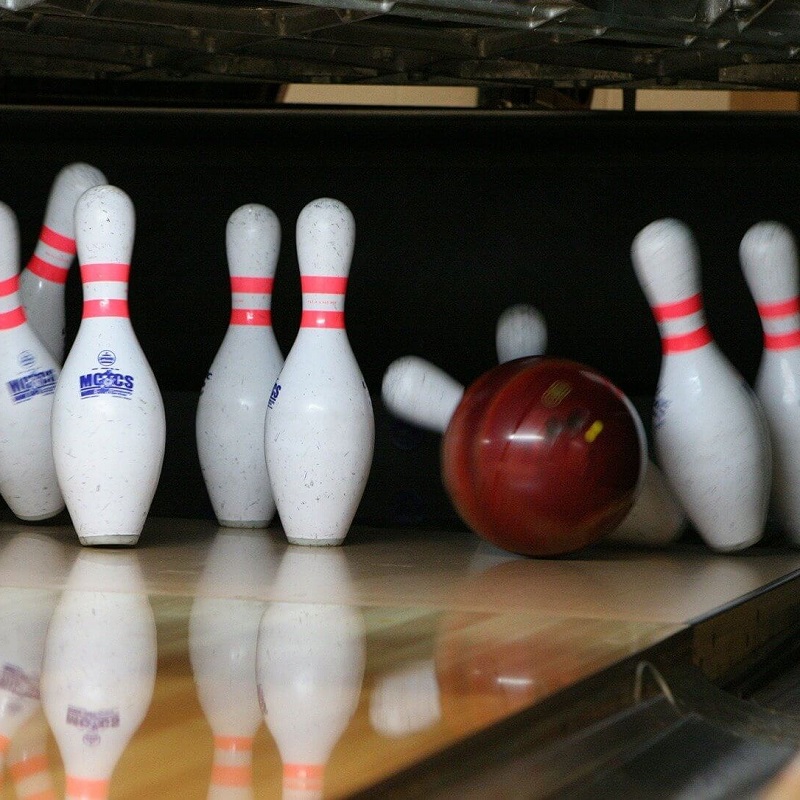 Step-by-Step Technique to Curve a Bowling Ball
Step-by-Step Technique to Curve a Bowling Ball
Executing a successful curve involves several coordinated movements. First, start with a balanced stance. Stand with feet shoulder-width apart and knees slightly bent. Hold the ball close to your body at waist level. This posture promotes stability and control. Then, begin your approach using a four- or five-step sequence. Most bowlers prefer the four-step method for simplicity. During the first two steps, focus on pushing the ball forward smoothly. This motion initiates the pendulum-like swing. On the third step, let the ball drop into the backswing. Allow gravity to guide it backward without forcing it. Meanwhile, keep your arm close to your body to maintain alignment. As you take the fourth step, swing the ball forward in a straight line.
Do not pull it across your body. Instead, aim to keep the swing on your dominant side. Now, as you reach the foul line, rotate your hand clockwise (for right-handers) or counterclockwise (for left-handers). This rotation imparts side spin on the ball. Simultaneously, lift slightly with your fingers during release. This action adds revolutions and enhances hook potential. After releasing, follow through toward your target. Extend your arm fully and point your fingers in the direction of the pins. Importantly, avoid dropping your hand too low or stopping abruptly. Such errors reduce accuracy and weaken the curve. With repetition, this sequence becomes natural. Practicing each phase slowly improves muscle memory. Over time, you’ll notice greater consistency in how to curve bowling ball.
Common Mistakes That Prevent a Proper Curve
Even with good intentions, many bowlers struggle to achieve a clean hook due to avoidable errors. One frequent issue is gripping the ball too tightly. This tension restricts finger movement and limits spin. As a result, the ball rolls straight instead of curving. To fix this, consciously relax your hand throughout the swing. Another mistake is releasing the ball too early or too late. Releasing too soon causes the ball to hook prematurely, often missing the pocket. Conversely, releasing too late delays the hook, reducing pin carry. Therefore, timing must sync with your final step. Additionally, some bowlers drop their elbow during the swing. This lowers the release point and flattens the ball’s trajectory. Instead, keep your elbow high and aligned with your shoulder.
Moreover, improper footwork disrupts balance and rhythm. Stepping out of line throws off your entire delivery. Hence, practice your approach repeatedly until it feels automatic. Another common error is failing to rotate the hand sufficiently. Without enough axis rotation, the ball lacks the necessary side spin to curve. Focus on turning your hand at release, not before. Lastly, using the wrong ball can sabotage your efforts. A plastic ball simply won’t hook like a reactive one. So always verify your equipment matches your goals. By identifying and correcting these mistakes, you move closer to mastering how to curve bowling ball.
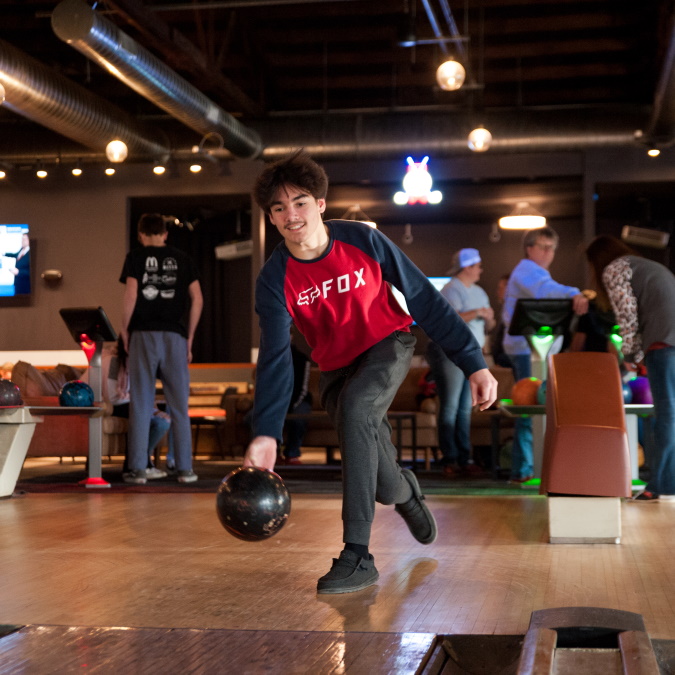 Training Drills to Improve Your Bowling Curve
Training Drills to Improve Your Bowling Curve
Consistent improvement comes from targeted practice. One effective drill is the “foul line pause.” Approach normally, but stop just before releasing the ball. Hold the position and check your hand placement and wrist angle. This builds awareness of proper form. Repeat this several times per session. Another helpful exercise is the “target arrow drill.” Aim for the second arrow from the center (about 10 boards right for right-handers). Throw five consecutive shots focusing only on hitting that mark. Then shift to the third arrow and repeat. This sharpens accuracy and teaches ball control. You can also try the “slow-motion swing.” Perform your entire approach at half speed. Emphasize smooth transitions and clean hand rotation. Doing so reveals flaws in timing and mechanics. Additionally, use tape on the lane to mark your starting position.
Align your feet the same way each time to promote consistency. Another useful method is filming your delivery. Review the video to spot issues like early release or wrist collapse. Compare your form with professional bowlers to identify differences. Also, practice releasing the ball with only your fingers. Let the thumb exit first, then let the fingers create lift. This increases rev rate and hook strength. Finally, bowl multiple games with the same ball to build confidence. Track your strike percentage and adjust accordingly. These drills, when done regularly, accelerate progress in learning how to curve bowling ball.
Frequently Asked Questions About Curving a Bowling Ball
Many bowlers have questions about mastering the curve. One common inquiry is: Can beginners learn how to curve bowling ball? Yes, absolutely. While it takes time, anyone can develop the skill with proper instruction and practice. Another question: Why does my ball hook too much or too little? Excessive hook often results from high rev rate or oily lane conditions. Insufficient hook may stem from low revs, slow speed, or unsuitable ball type. Adjusting hand position or changing balls usually resolves this. Some ask: Should I use a heavier or lighter ball? Ball weight depends on strength and control. Most adults use 14–16 pounds. Lighter balls allow faster swings and more revs, but heavier ones carry better. Choose what feels balanced.
Others wonder: Is wrist support necessary? Wrist braces help maintain a stable position, especially for those prone to wrist breakdown. However, rely on technique first, then consider aids. Another concern: How long does it take to master the curve? Progress varies, but noticeable improvement typically occurs within 4–8 weeks of regular practice. Consistency matters more than frequency. Also, people ask: Can I curve the ball on any lane? Lane oil patterns affect hook intensity. House patterns are designed for moderate hook, while sport patterns challenge control. Practice on different setups to adapt. Lastly, is curving better than bowling straight? For strikes, yes—hook shots hit the pocket at a better angle. But straight shots remain essential for spares. Balancing both styles makes you a stronger player.
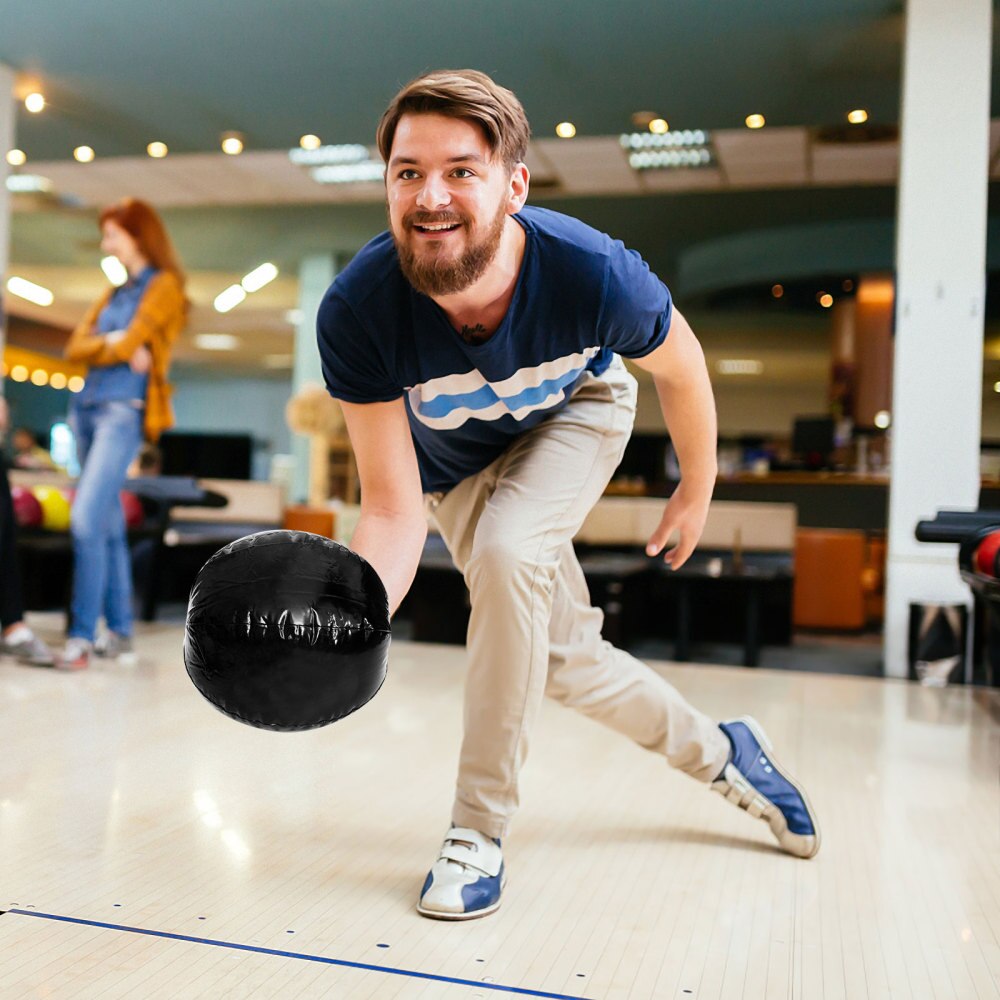 Final Tips and Encouragement for Success
Final Tips and Encouragement for Success
Becoming proficient at how to curve bowling ball is a rewarding journey. Start by focusing on fundamentals: grip, stance, swing, and release. Build each component gradually rather than rushing. Also, remember that progress isn’t linear. Some days will feel frustrating, but persistence pays off. Seek feedback from coaches or experienced players—they often spot issues you might miss. Join a league to gain real-game experience under pressure. Playing competitively sharpens decision-making and mental toughness.
Additionally, maintain your equipment. Clean your ball regularly to preserve its hook potential. Resurface it when it loses traction. Well-maintained gear performs more predictably. Stay patient and celebrate small victories. Hitting the pocket consistently is a milestone worth acknowledging. Above all, enjoy the process. Bowling is both a physical and mental game. Confidence grows with each successful shot. As you refine your technique, you’ll find greater joy in the sport. Keep practicing, stay curious, and trust your development. With dedication, you’ll master how to curve bowling ball and elevate your performance to new levels.